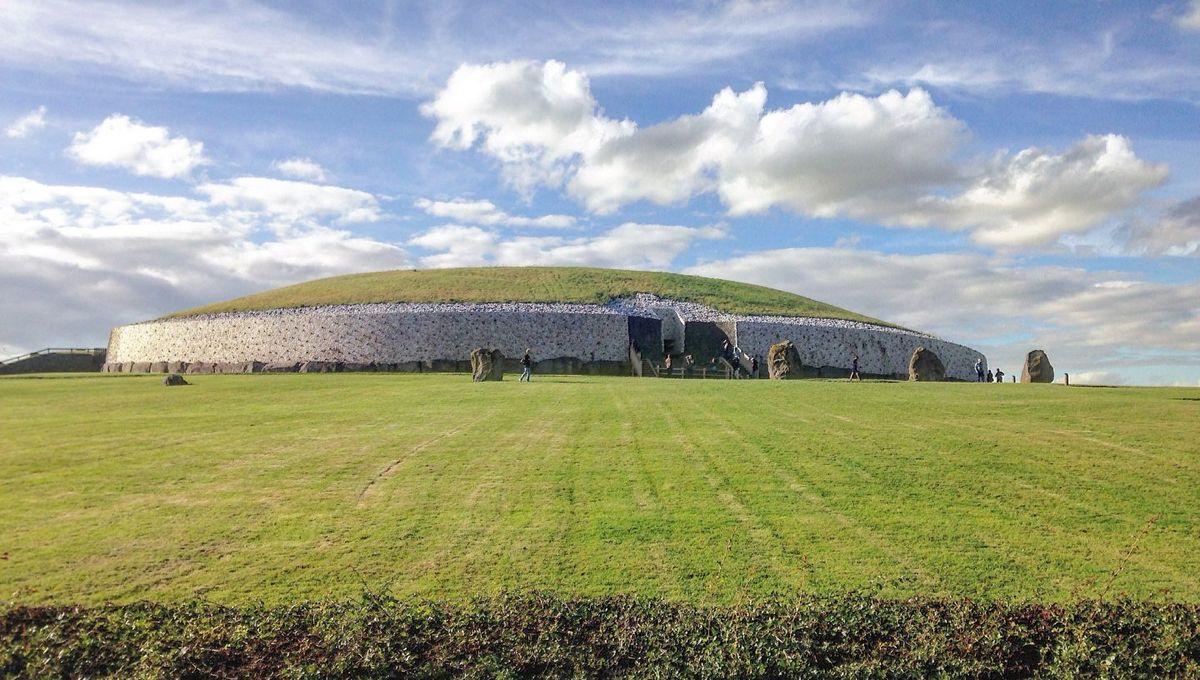-
Fil d’actualités
- EXPLORER
-
Pages
-
Blogs
-
Forums
Neolithic Ireland Wasn’t Ruled By Incestuous “God-Kings” After All

Neolithic Ireland Wasn’t Ruled By Incestuous “God-Kings” After All
Unlike ancient Egypt, Hawai’i, or the Inca Empire, Neolithic Ireland probably wasn’t governed by a dynasty of demi-gods who married their own siblings. This finding contradicts the narrative hastily put forward by the media in 2020 following the discovery of a rare case of incest in a 5,500-year-old passage tomb.
Located in the Boyne Valley, County Meath, the Newgrange passage tomb is a large burial complex that has so far yielded the remains of five individuals but may once have held many more bodies. Among the human remains found at the site is a skull belonging to a man who died some time between 3340 and 3020 BCE, and who was the progeny of either a brother-sister or parent-child union. This creepy attribute, combined with the fact that all of the individuals buried at Newgrange display some degree of biological relatedness, has led to the suggestion that the tomb was the final resting place of a hereditary royal dynasty that practiced incest. However, taking a fresh look at the evidence, the authors of a new study suggest that this is unlikely to have been the case, given the rarity of incest in the region. “No other incestuous unions have been identified in Neolithic Ireland or Britain and it seems the populations of both islands generally tried to avoid any inbreeding,” write the researchers. They therefore state that “the evidence of just one individual is insufficient to determine whether incest was routinely practised within a community or a sub-set thereof, whether it was deemed socially acceptable, or if it was even disclosed.” Moreover, the authors point out that the popular tale of incestuous Irish Neolithic “god-kings” is based on unfounded parallels with other ancient cultures that were ruled by such dynasties. “The specific claim of socially sanctioned incest being an indicator of high status [in Ireland] is based on a very limited and out-of-date comparison with other societies where incest was limited to ruling families - for example, in Egypt, Hawai’i and other “complex chiefdoms and early states”,” they write. Just because these historical realms adopted a form of heavenly licensed inbreeding doesn’t mean we should assume this was also the case in Ireland, and the authors warn against taking such “shortcuts” when interpreting archaeological sites like Newgrange. Revisiting the nature of the tomb and its occupants, the researchers note that the interred individuals are all “distantly related to the fifth or sixth degree or further,” and therefore don’t appear to represent a unified line of royal descent. “This pattern is best interpreted not as a dynasty – a line of hereditary rulers – but as a post-3600 [BCE] reconfiguring of social relations,” they write. In other words, the large passage tomb may have represented a means with which to create kinship ties through communal burials, but wasn’t an exclusive mortuary reserved for members of a kingly lineage. Taking all these lines of evidence together, the researchers conclude that “a one-off example of incest is a shaky foundation on which to assign an elite identity, let alone reconstruct a specific social formation.” Commenting on this finding in a statement, study author Neil Carlin from University College Dublin explained that the narrative spun by the media following the discovery of the incestuous individual always seemed at odds with the actual science. “The media claims that there was an incestuous ruling elite in Stone Age Ireland did not match our understanding of society at this time, it did not fit the evidence very well,” Carlin said. The study is published in the journal Antiquity.


